This Month in Astronomical History: October 2023
Michael Marotta American Astronomical Society (Amateur Affiliate)
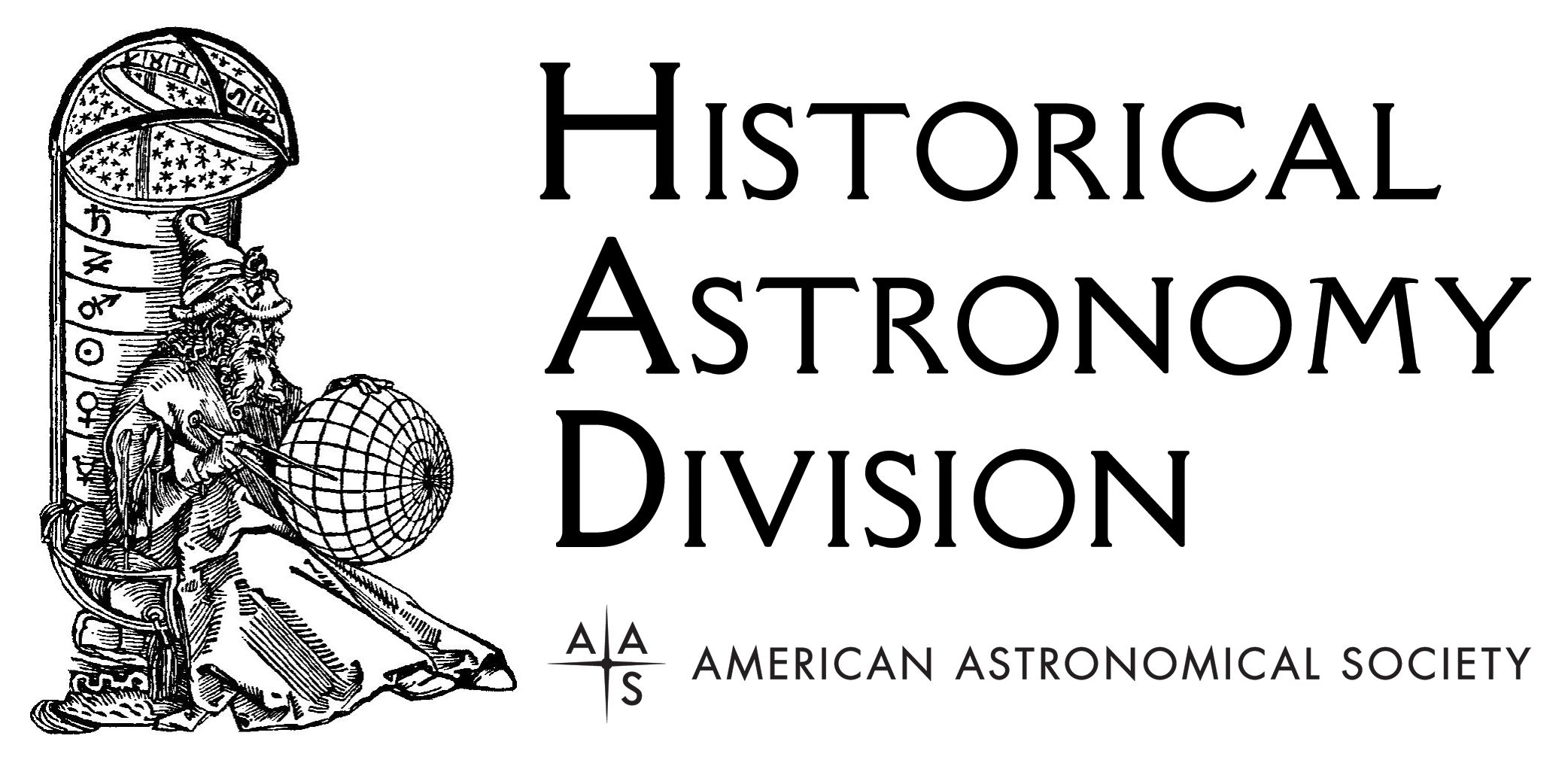 Each month as part of this series from the AAS Historical Astronomy Division (HAD), an important discovery or memorable event in the history of astronomy will be highlighted. This month, Mike Marotta writes about Messier 51, the Whirlpool Galaxy. Interested in writing a short (500-word) column? Instructions along with previous history columns are available on the HAD web page.
Each month as part of this series from the AAS Historical Astronomy Division (HAD), an important discovery or memorable event in the history of astronomy will be highlighted. This month, Mike Marotta writes about Messier 51, the Whirlpool Galaxy. Interested in writing a short (500-word) column? Instructions along with previous history columns are available on the HAD web page.
Messier 51: From Solar System to Galaxy
Of all the galaxies observed and studied by amateur and professional astronomers, few have the appeal of the Whirlpool, discovered on 13 October 1773 by Charles Messier. It is a “grand design” spiral galaxy, similar to our own Milky Way and to our neighbor, the Andromeda galaxy (Messier 31). Originally cataloged as Messier 51, the Whirlpool was found to have a companion, discovered on 20 March 1781 by Pierre Méchain. Messier’s original finding became M51a; Méchain’s discovery is M51b. In John Louis Emil Dreyer’s New General Catalog of 1888, M51a is NGC 5194 and M51b is NGC 5195. In common speech and informal discussions, both galaxies are considered together as Messier 51. M51 provided paradigmatic empirical evidence for two very different problems in astronomy: the origin of the solar system; and the cosmological context for the Milky Way.
Messier 51 is tilted toward us. So, it is easy to see its spiral form and that form was taken as primary evidence in support of Simon Pierre Laplace’s nebular theory of solar system formation. However, the development of that theory and its acceptance was neither immediate nor direct. The genesis of the nebular theory of solar system formation includes hypotheses from René Descartes, Emanuel Swedenborg, Joseph Wright, and Immanuel Kant before being elucidated mathematically by Pierre Simon Laplace.1,2 In truth, none of them had any empirical evidence for their rationalist arguments.
In his Exposition du Systèm du Monde, Laplace credited George-Louis Leclerc, Comte de Buffon, with the theory that the planets were formed from the collision of a comet with the Sun. He did cite contributions by Descartes to mathematics but not to any “nebular hypothesis;” and he made no mention of Immanuel Kant, Joseph Wright, or Emanuel Swedenborg. With analogies to the Pleiades and Saturn, Laplace said that the primordial nebula was physically similar to a fluid and that inconsistencies and discontinuities produced large condensing bodies. Those with less tangential motion fell to the center; those with more, orbited farther from the central mass. Rotational motion produced rings which collected into ponderous bodies. The process continued, creating moons around the planets.3
The observations of Messier and Méchain provided no structural details. Only in 1845 did William Parsons, Third Earl of Rosse, publish the first clear image (drawing) based on observations that he and his assistants made over several months with his 72-inch “Leviathan” telescope.4 M51 was first photographed on 29 April 1889 by Isaac Roberts.5
As attractive as the nebular theory was, by the mid-19th century, it was called into question on several grounds by James Clerk Maxwell and others. Then, when magnetic forces were calculated into the model, it was revived, perhaps “saving the phenomenon” as when the geocentric universe was amended with more epicycles and deferents. The most recent empirical evidence from the search for exoplanets demonstrates the existence of proto-planetary disks (proplyds). By whatever processes they evolve, their reality seems secure (for now).6,7,8
Although the first images of Messier 51 did lend credence to the nebular hypothesis of solar system formation, very few (if any) accomplished astronomers at that time accepted Messier 51a and 51b as a pair of galaxies like our own and external to it. In the 1905 second edition of her compendium, The System of the Stars, Agnes Clerke wrote: “The question whether nebulæ are external galaxies hardly any longer needs discussion. It has been answered by the progress of research. No competent thinker, with the whole of the available evidence before him, can now, it is safe to say, maintain any single nebula to be a star system of co-ordinate rank with the Milky Way.”9 Of course, in 1923, based on the work of Henrietta Swan Leavitt,10 Edwin Hubble found a Cepheid variable in the Andromeda nebula, demonstrating that it must be external to the Milky Way.11,12
That being as it may, our modern paradigm of cosmology requires the passing of a generation in order to be accepted. In 1938, a standard textbook for astrophysics supervised by Henry Norris Russell asserted that the Milky Way dominates the universe. “There are, however, notable points of difference between the spiral nebulae and the [Milky Way] galactic system. The former have a nucleus much denser and more luminous than the outer portions; the latter has none (unless dark nebulae hide it). The surface brightness of the inner parts of the spirals, too, according to Seares, is about a hundred times greater than that which the Galaxy (or at least the part of it near the sun) would exhibit if seen from a very distant point in the direction of its pole. Luminous matter (that is, presumably, the stars) must be far more thickly scattered in space in the central regions of these nebulae than it is in our part of the Galaxy. Again, the galactic system, taken as a whole, as revealed by the globular clusters and by observations of faint galactic variables, must be much greater in diameter than even the Andromeda nebula. “The term ‘island universes’ (which is often used to describe the spiral nebulae) appears, therefore, to be well chosen. In Shapley’s happy phrase, however, ‘if we call them islands, the Galaxy is a continent.’”13
Today, professional astronomers tend to be involved with data, not images. The stunning pictures provided by the JWST, Hubble Space Telescope, and other instruments are generally for public consumption. Photography and sketching are left to the amateurs. A recent example of the advances in photography by amateurs is found in the effort by The Deep Sky Collective (Carl Björk, Thomas Bähnck, Sebastian Donoso, Jake Gentillon, Antoine and Dalia Grelin, Stephen Guberski, Richard Hall, Tino Heuberger, Jason Jacks, Paul Kent, Brian Meyers, William Ostling, Nicolas Puig, Tim Schaeffer, Felix Schöfbänker, and Mikhail Vasilev) who, over ten days, collected 255 hours of images of Messier 51a, 51b which revealed new information about the transfers of matter and energy between the two galaxies. Their hallmark image was selected by NASA for their Astronomical Photograph of the Day (APOD) on 11 August 2023 (see https://apod.nasa.gov/apod/ap230811.html and https://www.instagram.com/p/Cvz5dKasuKm/).
Sketching is an active passion for many dedicated stargazers. The July 2011 issue of Sky & Telescope presented Howard Banich’s drawing of Messier 51a, 51b. Editor Tony Flanders called it “possibly the most detailed portrait ever of a galaxy as seen by the human eye.”14 Banich discussed his work in the podcast, 365 Days of Astronomy on 21 April 2023.15 After viewing that video, I asked Banich about the effort. He replied: “The sketch was gradually built up over seven hours of observation, spread over six nights in 2009 and 2010 in an attempt to record as much detail as possible with my 28-inch f/4 alt-az Newtonian. Magnifications from 253x to 710x were used during sketching, with 408x generally giving the best view. Excellent skies were needed to fully exploit these high powers, which is why there are only six nights over the course of 12 months rolled into the sketch. SQM readings taken after each observation ranged from 21.25 to 21.73, and the two observation sites used during the sketch were at 4400 and 7600 feet altitude.”16
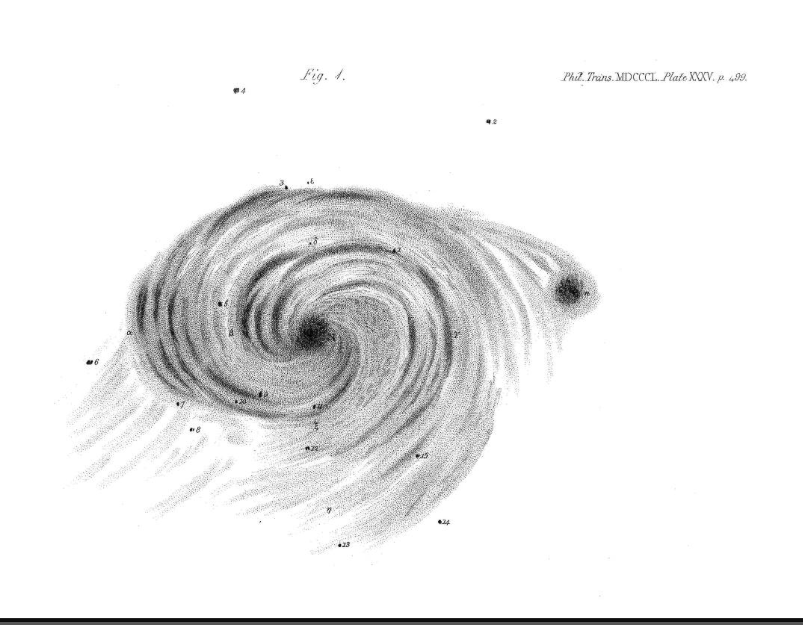
Fig. 1: Drawing published by William Parsons. 1845.
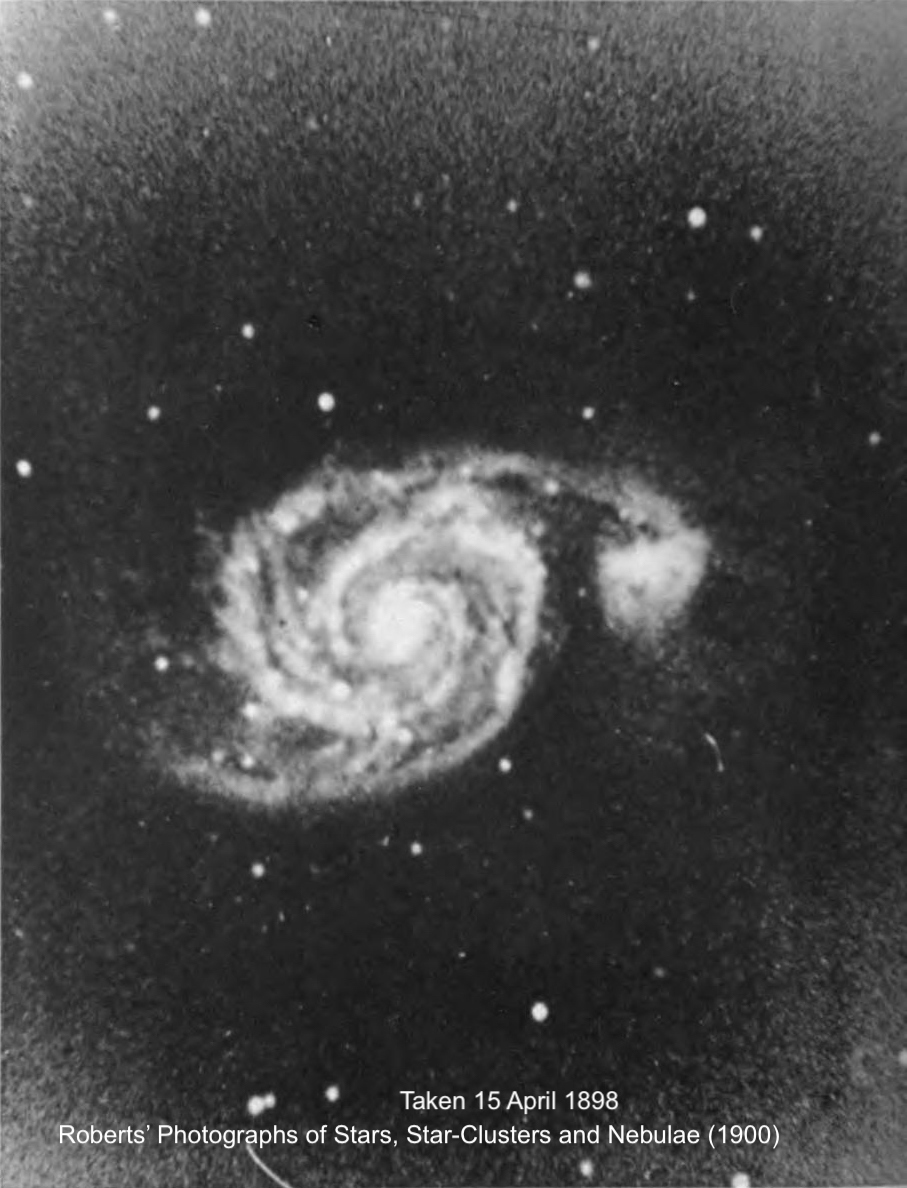
Fig. 2: First photographed by Isaac Roberts 29 April 1889, Roberts continued his work and published this photograph later.

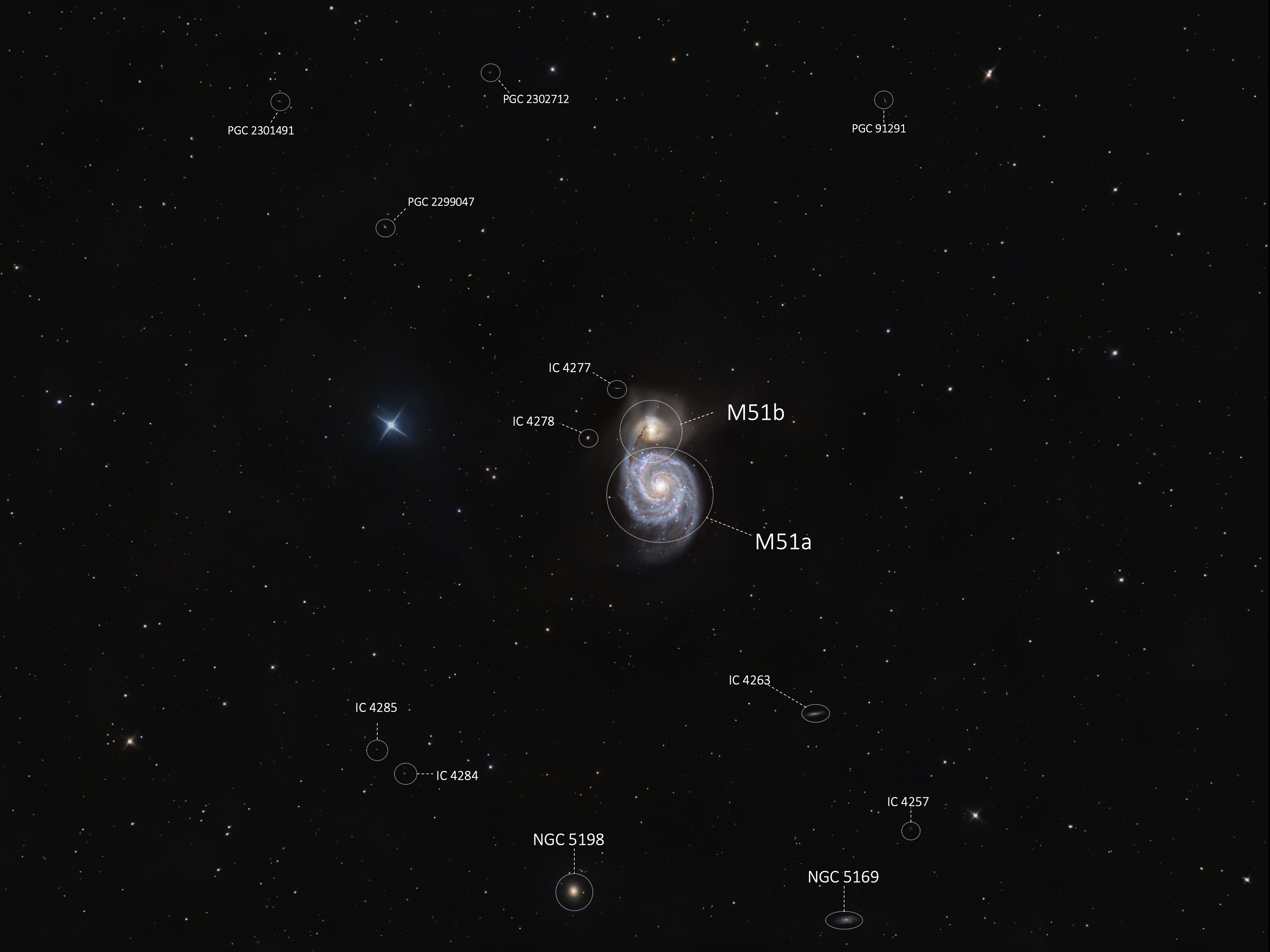
Fig. 3: Original photograph and annotated image by Steven Miller courtesy of Steven Miller, Vancouver, Washington. Miller’s photograph is one example of very many from the large body of planfully competent images created by amateur observers. His labeling of the field-of-view exceeded expectations.
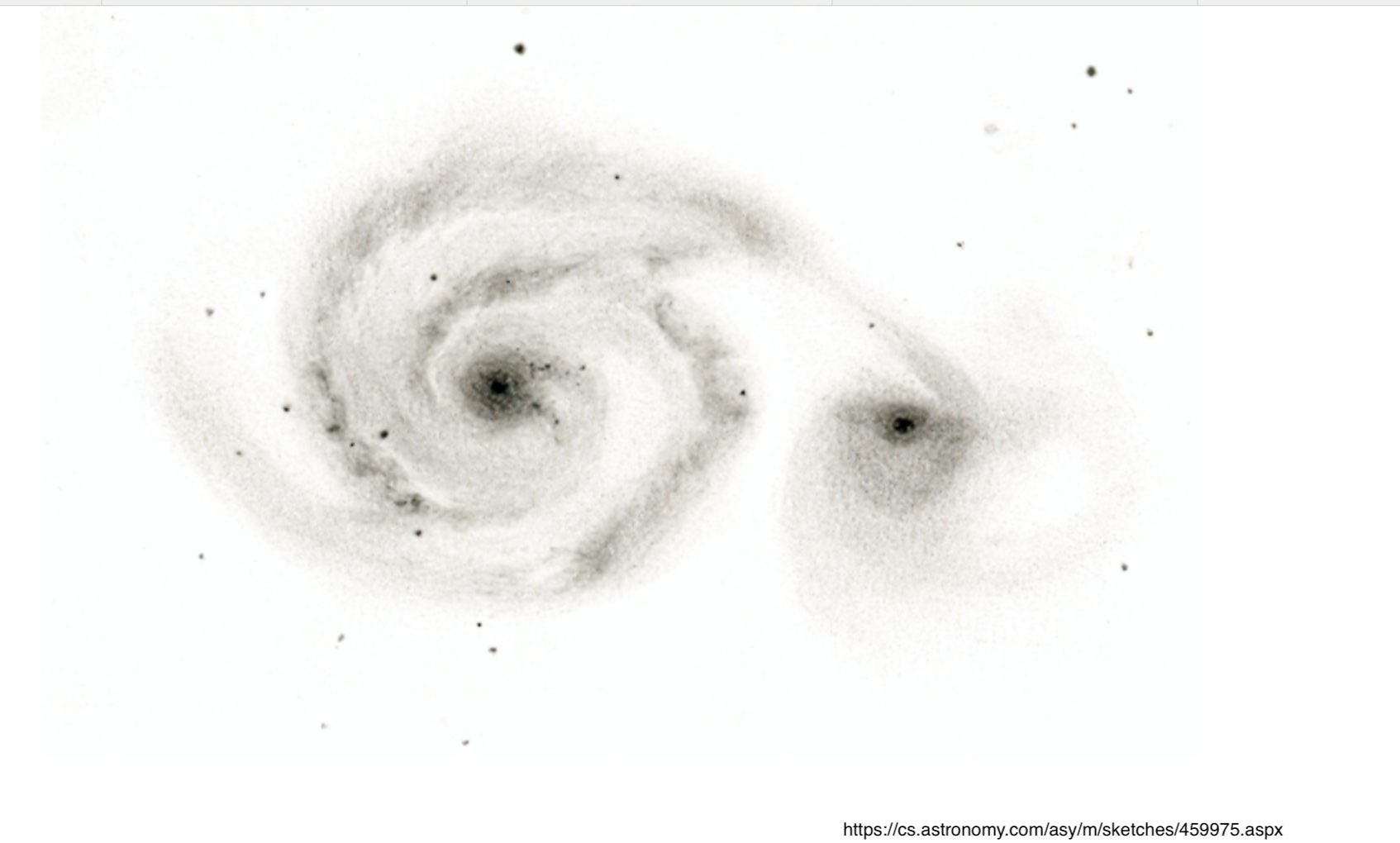
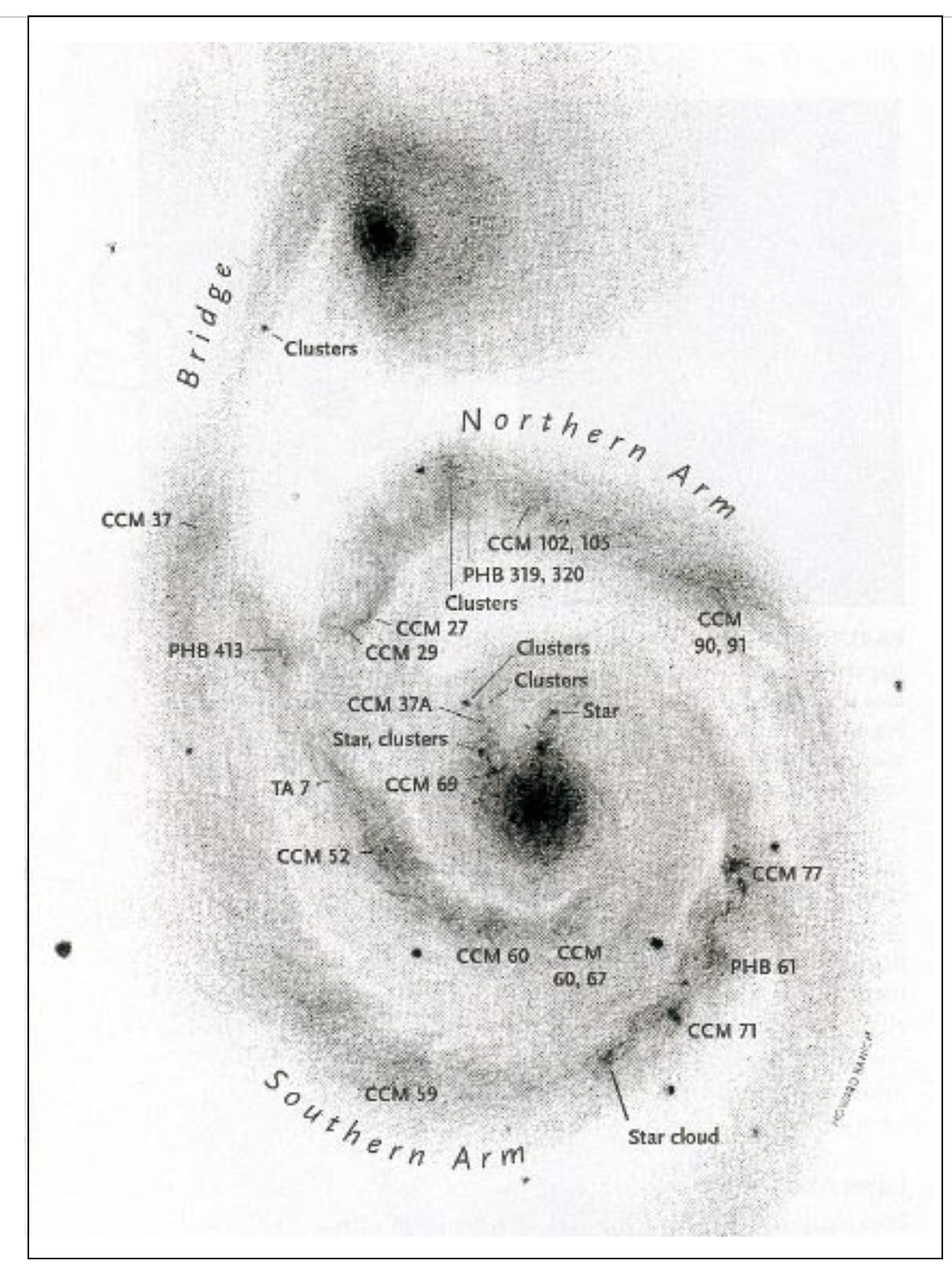
Fig. 4: Sketches courtesy of Howard Banich.
References
- Henkel, F. W. (1911). “New Theories of the Evolution of Stellar Systems: Successors of Kant and Laplace.” Scientific American. Vol. CIV Number 13 (Supplement). Volume 71 Issue 1832??supp https://www.scientificamerican.com/article/new-theories-of-the-evolution-of-st/
- Dick, Steven J. (2013). Discovery and Classification in Astronomy: Controversy and Consensus. New York: Cambridge University Press.
- Laplace, Pierre Simon. (1824). Note VII in Exposition du Systèm du Monde. Paris. Bachelier, Libraire (Successeur de Mme Ve Courcier), Quai des Augustins No 55. Fifth Edition, Paris, January 1824. Accessed via Archive.org at https://archive.org/details/expositiondusys00lapl/
- Parsons, William (Earl of Rosse). (1850). “Observations on the Nebulae,” Proceedings of the Royal Society of London. 140: pg. 499–514. Plate XXXV. Fig 4. (March 11, 1848).
- Roberts, Isaac. (1889). “Photograph of the Nebula M 51 Canum Venaticorum,” Monthly Notices of the Royal Astronomical Society, vol. 49, 389-390. Republished in Roberts (1893) Photographs of Stars, Star-Clusters and Nebulae Together with Information Concerning the Instruments and the Methods Employed in the Pursuit of Celestial Photography, 2 volumes, Cambridge University Press, Reprinted November 2015.
- Curtis, Heber. (1917). “The Nebulae,” Papers of the Astronomical Society of the Pacific, 91 PASP 29 91C.
- https://www.britannica.com/science/solar-nebula#ref142756
- https://en.wikipedia.org/wiki/Nebular_hypothesis
- Clerke, Agnes M. (1905). The System of the Stars, Second Edition. London: Adam & Charles Black. Page 349
- Leavitt, Henrietta S.; Pickering, Edward C. (1912). "Periods of 25 variable stars in the Small Magellanic Cloud". Harvard College Observatory Circular. 173: 1–3. Bibcode:1912HarCi.173....1L.
- Marotta, Michael. (2021). “Galileo, Hubble, and the Arrangement of the Cosmos,” This Month in Astronomical History, https://aas.org/posts/news/2021/02/month-astronomical-history-january-2021 “The famous 1923 photographic plate of Messier 31, the Andromeda galaxy, with Edwin Hubble’s exclamatory “VAR!” signifying a Cepheid variable. Hubble had previously suspected the star to be a nova, hence, the crossed-out ‘N.’ (Carnegie Institution for Science).”
- Hubble, E. P. (1925). "Cepheids in spiral nebulae". The Observatory. 48: 139. Bibcode:1925Obs....48..139H.
- Leavitt, Henrietta S.; Pickering, Edward C. (1912). "Periods of 25 variable stars in the Small Magellanic Cloud". Harvard College Observatory Circular. 173: 1–3. Bibcode:1912HarCi.173....1L.
- Russell, Henry Norris; Dugan, Raymond Smith; Stewart, John Quincy. (1938). Astronomy: A Revision of Young’s Manual of Astronomy, II: Astrophysics and Stellar Astronomy. Chapter XXIV: The Nebulae; Section 924. Island Universes. Page 857; Boston: The Athenaenum Press Ginn and Company.
- Flanders, Tony. (2011). “Observing Challenge”, Sky & Telescope, vol 134, no 1., July 2011.
- https://cosmoquest.org/x/365daysofastronomy/2023/04/21/apr-21st-large-aperture-observing-and-sketching-with-howard-banich/
- Banich, Howard. Email to author. 24 August 2023. With permission. A commercial off-the-shelf product, the Unihedron brand Sky Quality Meter returns a real number representing night sky brightness in stellar magnitudes per square arcsecond. Well known to amateurs, it is also used by the US National Park Service, among many others. SQM 22.0 is perfect; at 19.5 the Milky Way is barely discernable naked eye.
Further Reading
- Schaeffer, Tim, et al. (2023) “ Tidal streams and the Ha cliff formation of M51”. https://elveteek.ch/en/m51-dsc
- Schaeffer, Tim, et al. (2023) “Unveiling hidden features in M51 using 255hours - APOD 11/08/2023” https://www.astrobin.com/7hwtz0/. [Note that the date is in European format DDMMYYY. This was 11 August 2023. – ed]
- Grelin, Antoine, and Grelin, Dalia. (2023). Galactic Hunter, https://www.galactic-hunter.com/post/m51-the-whirlpool-galaxy

